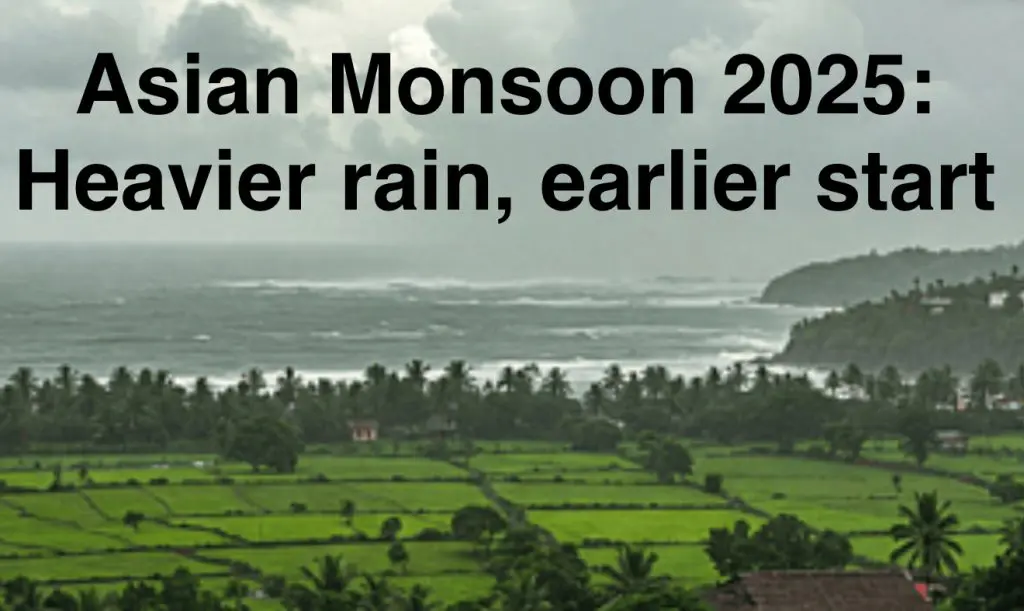
Several meteorological factors can affect the intensity of the monsoon season in South and Southeast Asia, including the El Niño-Southern Oscillation phenomena in the central Pacific and Eurasian snow cover in the Northern Hemisphere spring season immediately preceding monsoon season. According to the India Meteorological Department, there is a relationship between the El Niño-Southern Oscillation and rainfall totals in India during the monsoon season. Neutral El Niño conditions, where the sea temperature of the central Pacific does *not* rise by 0.5-1°C, are associated with a reduction in monsoon rainfalls. Last year, neutral El Niño conditions led to an 8% surplus in monsoon rainfalls. In 2023, the most recent year of meteorological El Niño conditions, the significant rise in sea temperatures over the central Pacific led to a 6% deficit in rainfall totals. (https://www.thehindu.com/news/national/el-nino-ruled-out-during-monsoon-this-year-imd/article69397128.ece). The unlikelihood of either sudden warming of sea temperatures in the central Pacific (El Niño) or sudden cooling (La Niña) of this immense body of water during the 2025 monsoon season means that neutral El Niño patterns are here to stay with no change up to the beginning of Northern Hemisphere autumn. This means that the 2025 monsoon season is unlikely to be affected by increased Pacific Ocean temperature readings (https://www.climate.gov/enso), as these neutral conditions are anticipated to prevail for the duration of the monsoon season from June through September.

Monsoon rains in South Asia are not only predicted by the Indian Meteorological Department to be increased compared to a typical year, but the timing of the start of monsoon season is expected to change as well. This year, in 2025, monsoon rains are expected to arrive on May 27th in India. This is five days earlier than typically expected (https://www.reuters.com/world/india/indias-monsoon-rains-arrive-early-brightening-outlook-crops-2025-05-10/). This provides an early suggestion at a more intense monsoon season for 2025.
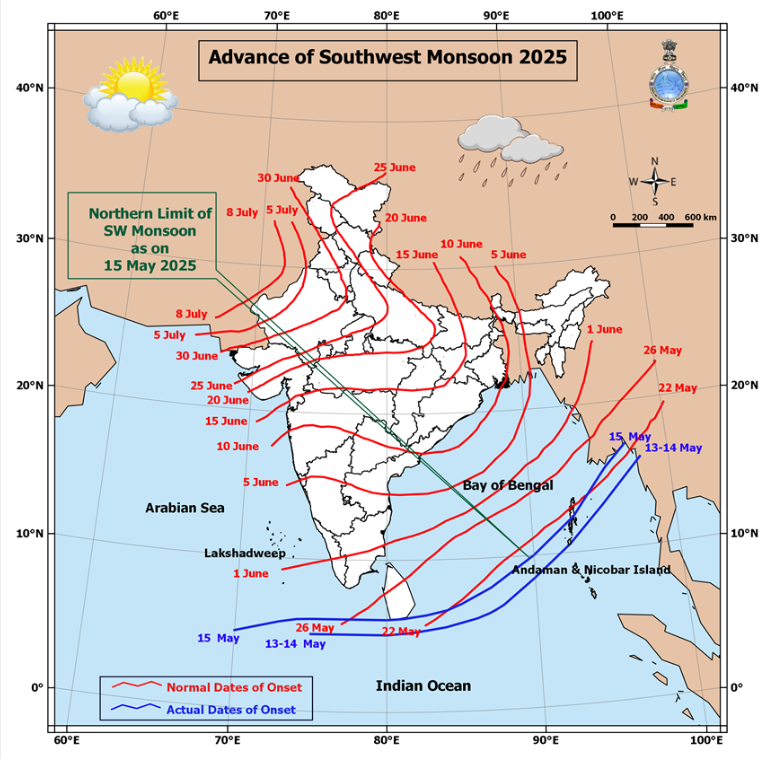
Oscillating sea temperature patterns are not the only factor affecting monsoon rainfall totals. According to the World Meteorological Organization, there is a correlation between low spring snow cover and higher monsoon rainfall totals. This year, the spring snow cover extent over South Asia in January and March were the 4th and 6th lowest ever recorded, respectively (https://wmo.int/media/news/above-normal-rainfall-forecast-southwest-monsoon-asia). The low seasonal snow cover, in combination with the currently neutral state of El Niño-Southern Oscillation, may cause an overall increase in monsoon rainfall totals. Currently, rainfall totals are expected to be around 105% above normal in total.
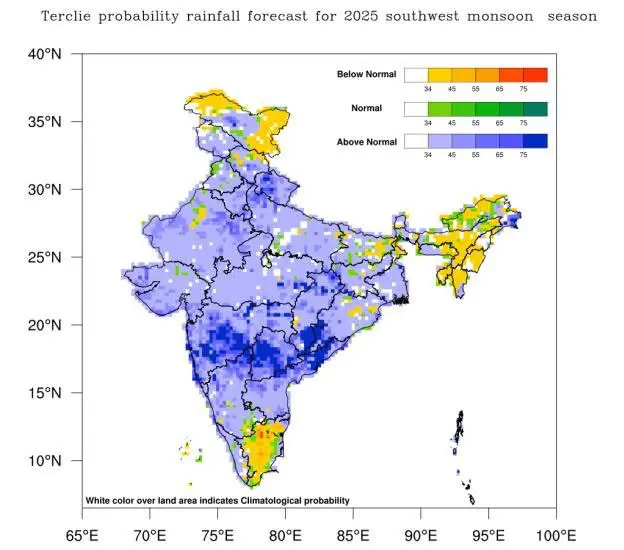

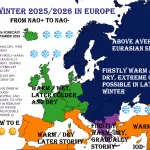
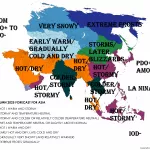


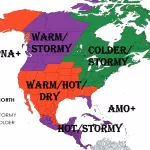
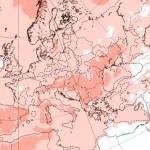
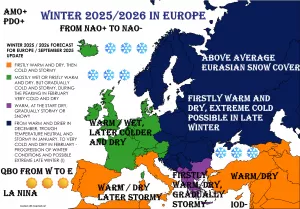
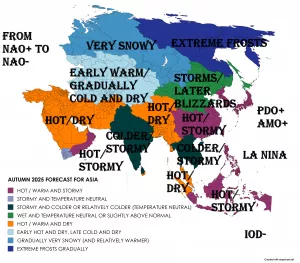

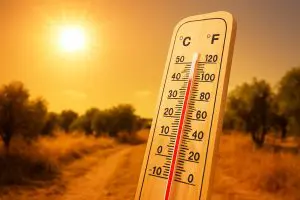
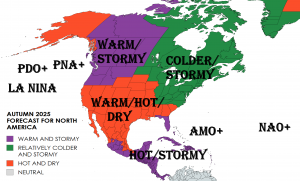
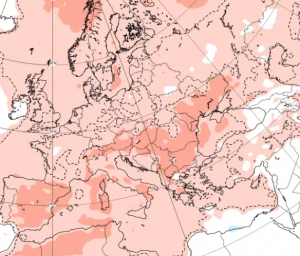






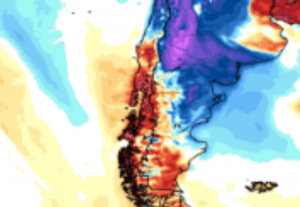

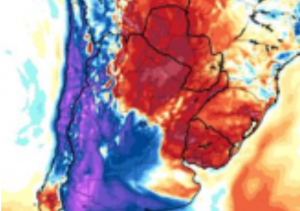
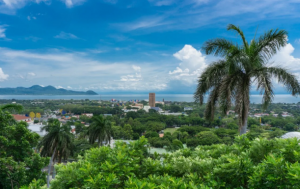




11 thoughts on “Monsoon Season Predictions for 2025 in Asia: an early start with more rainfall totals than normal”
Comments are closed.